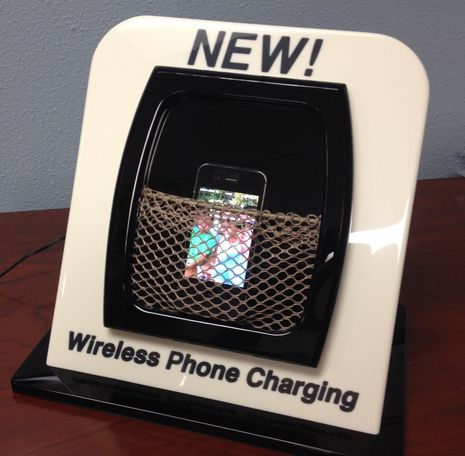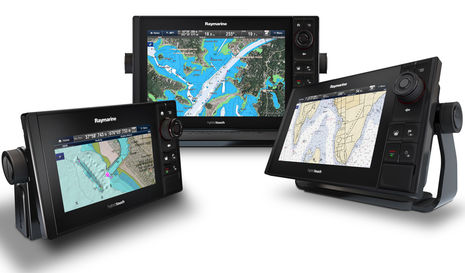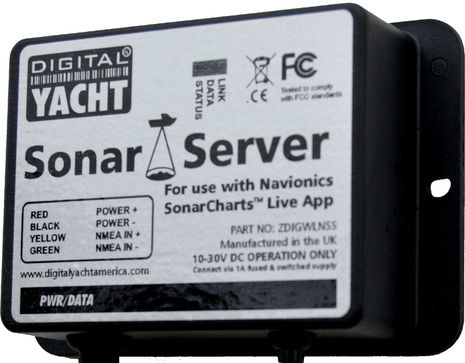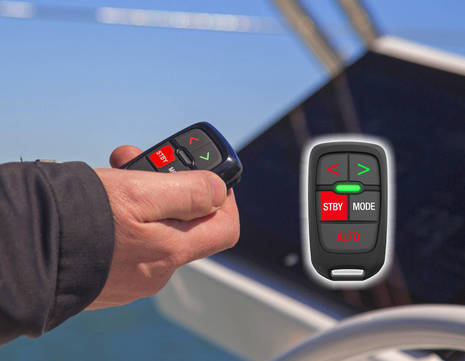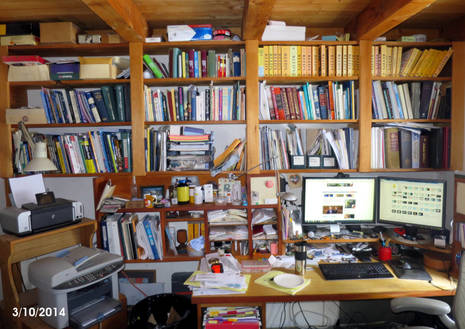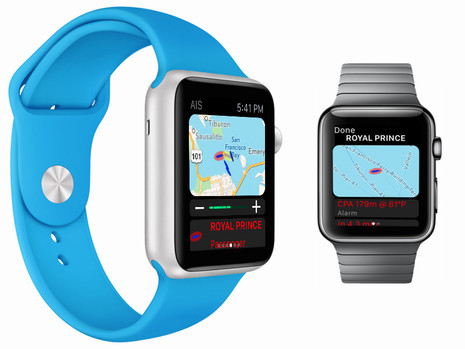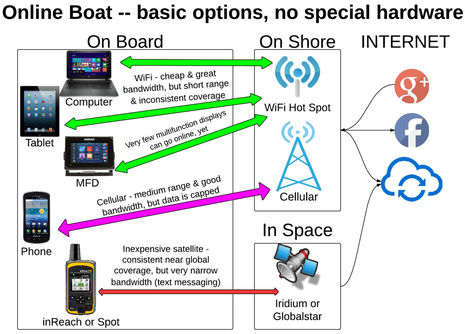How Simrad Halo works, 12 radars in one!
 Panbo’s first entry about Simrad’s unique solid-state open-array Halo radar tried to cover the promised features. Now I’ll try to explain how it works, with the huge benefit of slides made available to me by Navico engineer Don Korte, who I first met when Broadband (3G/4G) radar was introduced in 2009. I’m starting with the image above because that’s not just Navico marketing; it would be hard to overstate Don’s enthusiasm for Halo as he led me through the presentation. It was a teleconference but I’m pretty sure he was jumping up and down as I slowly got some of the concepts and he answered my smarter questions with a hearty “YES!”…
Panbo’s first entry about Simrad’s unique solid-state open-array Halo radar tried to cover the promised features. Now I’ll try to explain how it works, with the huge benefit of slides made available to me by Navico engineer Don Korte, who I first met when Broadband (3G/4G) radar was introduced in 2009. I’m starting with the image above because that’s not just Navico marketing; it would be hard to overstate Don’s enthusiasm for Halo as he led me through the presentation. It was a teleconference but I’m pretty sure he was jumping up and down as I slowly got some of the concepts and he answered my smarter questions with a hearty “YES!”…




